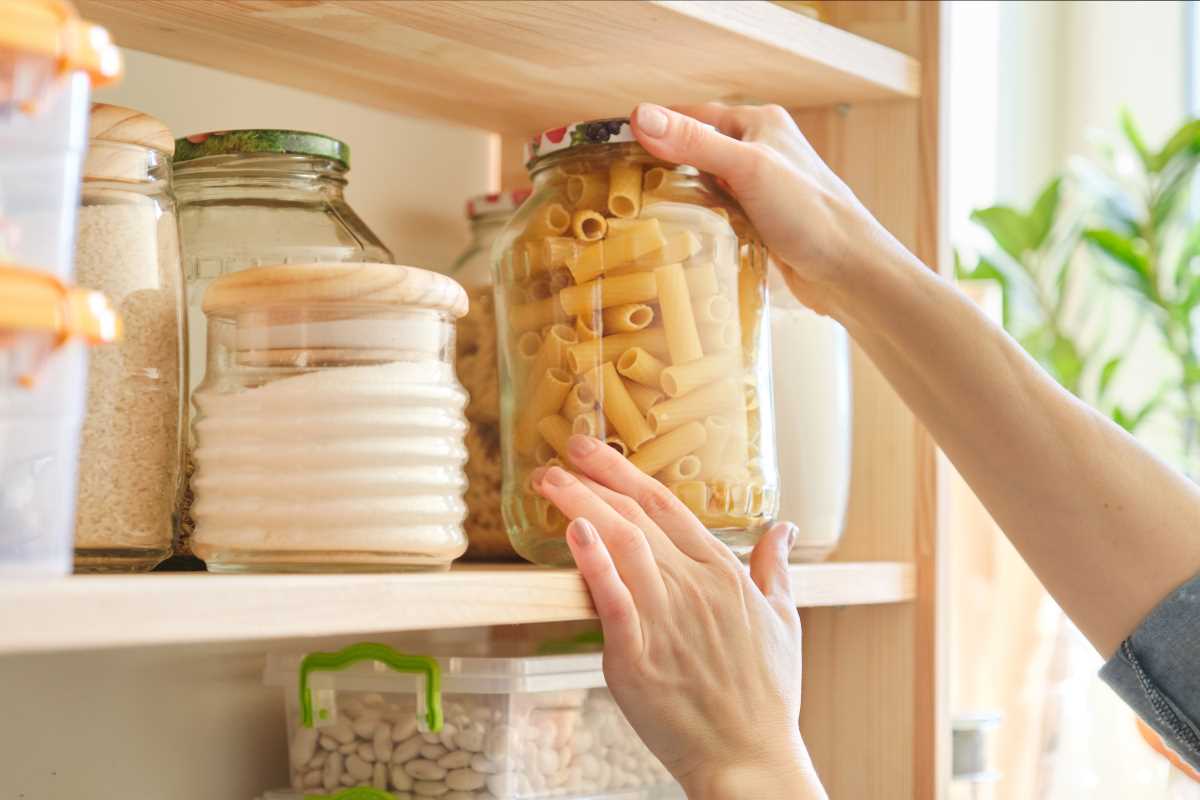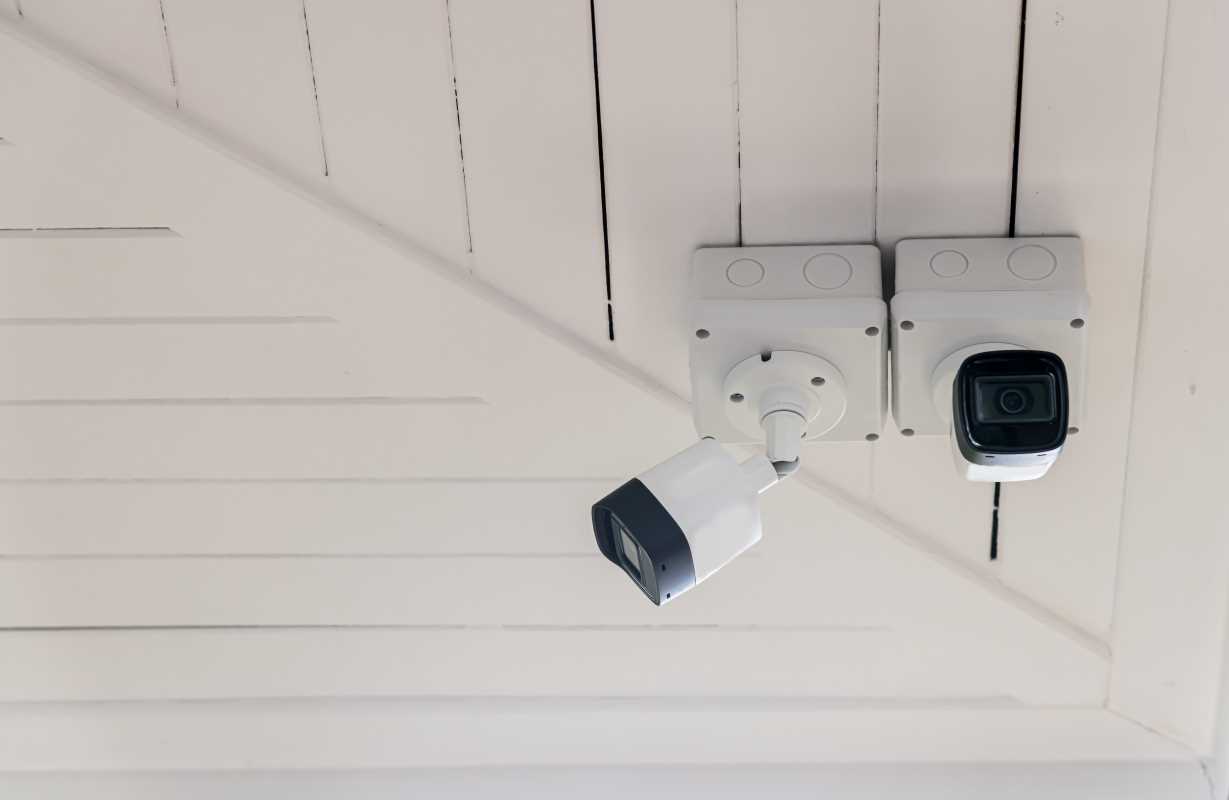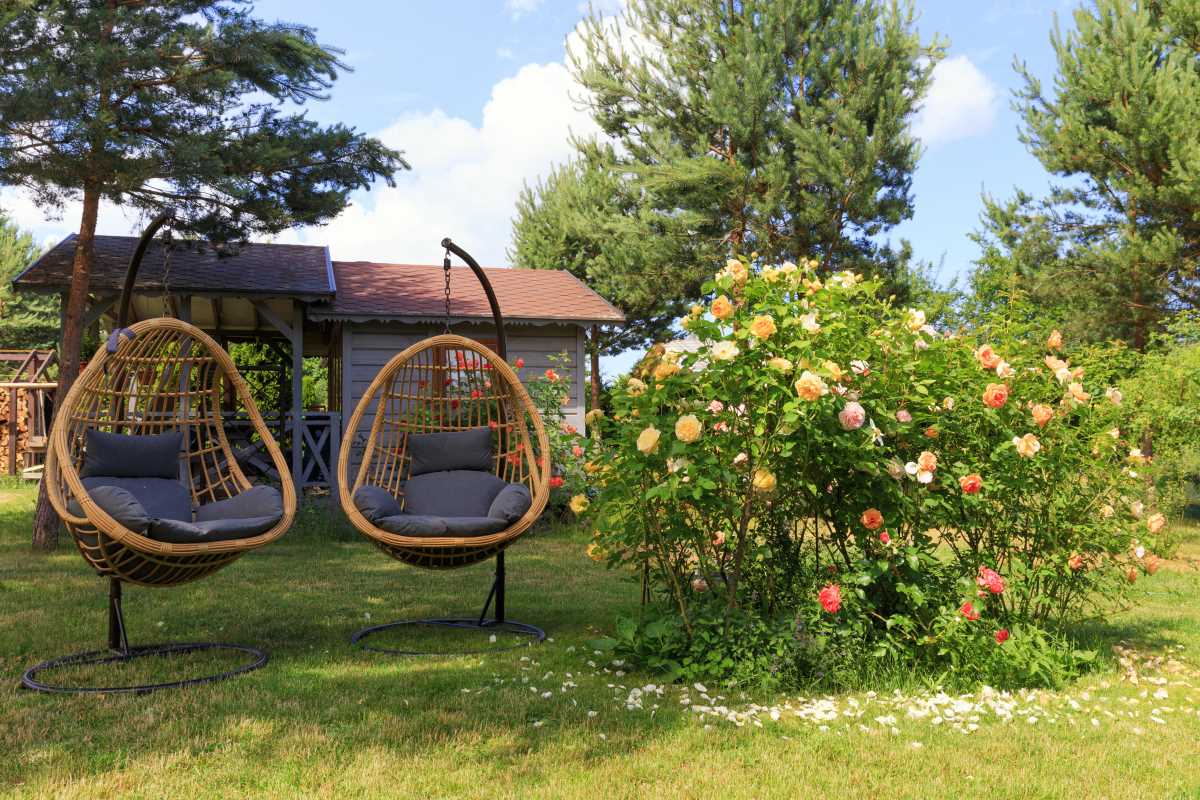Balancing a coffee maker, spice racks, and a folding table in a small kitchen often turns meal prep into a puzzle. Every inch counts when you need quick access to utensils, a tidy countertop, and enough space to move comfortably while cooking. These challenges encourage inventive solutions, such as reimagining a single drawer to hold multiple tools or turning an unused corner into a hidden pull-out pantry. Clever setups can turn a cramped space into one that feels open and welcoming. Discover how simple changes and smart organization can make even the smallest kitchens feel spacious and inviting.
Maximize Every Inch
The Top of Cabinets
Purpose: Transform wasted ceiling-level space into practical storage.
Steps:
- Measure the gap above cabinets to select containers that slide in easily.
- Group lightweight items such as plastic wrap or trays.
- Push baskets back until lids brush the ceiling for a clean look.
- Cost/Availability: Slim bins cost around $15 each and are widely available at home stores.
- Insider Tip: Line baskets with non-slip shelf liner so shifting during cabinet door movement doesn’t cause spills.
Vertical Wall Zones
Purpose: Make use of narrow strips between appliances for tool storage.
Steps:
- Clean wall surfaces thoroughly.
- Attach magnetic strips rated for four pounds per square inch.
- Arrange spatulas, scissors, and small utensils for visibility and access.
- Add rail hooks for dishcloths or small pots.
- Cost/Availability: Magnetic strips start at $10; rail systems around $25.
- Pro Tip: Use color-coded hooks so each tool always returns to its designated spot.
Try Clever Storage Ideas
- Invisible fold-down station: A hinged shelf affixed inside a cabinet door creates an instant coworking surface for chopping or holding laptop recipes. Install soft-close hinges rated for 20 pounds. Fold down to use, then tuck away. Hardware kits cost about $30. Insider note: Add rubber feet to the shelf’s outer edge so it stays level when extended.
- Slide-out drawer within drawers: Carve out a mini-drawer from a deeper one by installing a narrow sub-pan inside the existing runner. Screw the inner pan’s rails into the main drawer’s sides. Lay spice jars in compartments that stay put when you open the drawer. Material cost: under $20. Friction-reducing strips on the rails keep slides whisper-quiet.
- Under-stool shelves: Swap a simple breakfast stool for one with built-in cubbies beneath the seat. Choose a model rated for 250 pounds and test that the top lifts easily. Use the underside compartments to stow cutting boards or baking sheets. Price ranges around $40. Tip: Line compartments with thin cork to mute rattling.
Step-by-Step Multi-Tool Installations
Corner Carousel Rack
Purpose: Unlock dark corner cabinets efficiently.
Steps:
- Remove the existing shelf and measure the interior width.
- Install a two-tiered lazy Susan unit, aligning its center support with the cabinet’s pivot point.
- Secure shelves with included brackets at two-inch intervals so each plate or bowl sits flat.
- Cost/Availability: About $60 retail.
- Insider Tip: Wax the bearing lightly with food-safe lubricant to keep turns smooth under heavy loads.
Over-Sink Cutting Board
Purpose: Reclaim countertop space by spanning the sink width.
Steps:
- Measure sink dimensions and pick a board with fold-out legs or rubber edge grips.
- Place it level across the basin and ensure it sits flush.
- Use for prep, then slide to rinse workspace or place a drying rack beneath.
- Cost/Availability: $25–$50 at home improvement stores; teak boards recommended for durability.
- Pro Tip: Trim a corner notch to prevent water runoff when moving the board.
Drawer Tray System
Purpose: Restore order to utensil drawers.
Steps:
- Empty the drawer and snap a silicone mat to the base to stop sliding.
- Lay adjustable dividers and slide them to match compartments with utensil widths.
- Place tools vertically in slots.
- Cost/Availability: Tray kits cost around $15.
- Insider Note: Insert a slim pegboard section and hang small scissors or bottle openers for instant access.
Fold-Away Pot Rack
Purpose: Free cabinet space by suspending cookware.
Steps:
- Identify a sturdy wall stud above countertop height.
- Mount a retractable arm bracket rated for at least 30 pounds.
- Hang pots and lids on S-hooks, spaced to avoid clanging.
- Cost/Availability: About $35 retail.
- Pro Tip: Paint the rack matte black so drips and fingerprints stay less visible.
Sliding Spice Ladder
Purpose: Replace static spice racks with a shallow vertical pull-out.
Steps:
- Fit rails inside a six-inch-wide base cabinet.
- Install a tiered spice ladder platform that slides out fully.
- Keep bottles upright and visible, even at the back.
- Cost/Availability: Kits start at $45.
- Insider Tip: Mark each shelf edge with chalkboard paint to note refill dates directly on the shelf.
Design Tips for Smooth Movement
- Pick consistent handle styles: Matching pulls and knobs visually tie cabinets together, creating an uninterrupted rhythm. Go for low-profile shapes that won’t snag dish towels.
- Select a single accent hue: A splash of sage or terracotta on a floating shelf or utensil jar makes small areas look like one carefully curated display instead of cluttered bits.
- Choose light-reflecting finishes: Matte metallic tiles or a high-gloss backsplash bounce daylight across narrow rooms, giving the impression of extra width without tiling every surface.
- Hide appliances: Surround a compact refrigerator or slim dishwasher with panels that match surrounding cabinets so hard lines blend into the background.
- Use rugs to define zones: A runner beneath the sink and stove area marks workspaces without eating up visual square footage like a full rug might.
These techniques help you keep your kitchen organized and make meal prep easier.







